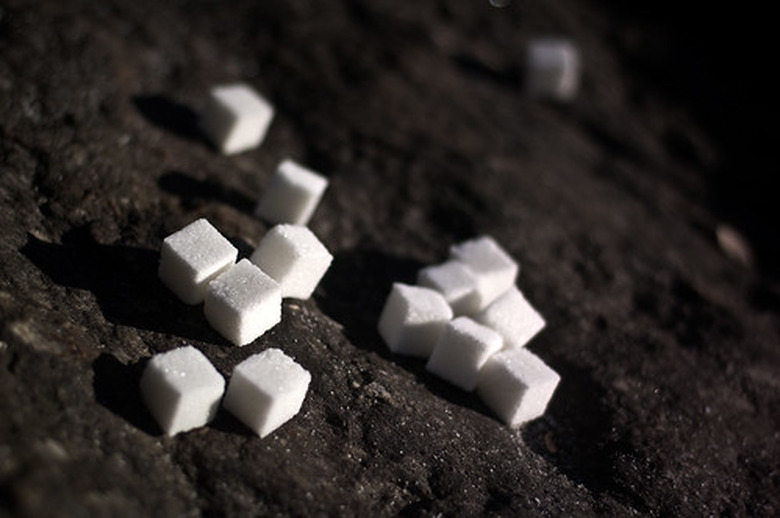What Type Of Organic Macromolecule Is Glucose?
The simple chemical formula for glucose is C?H??O?. Glucose is a carbohydrate, specifically a monosaccharide. This is like saying peas are a vegetable, and more specifically a legume–a type of vegetable. Being even more specific, glucose is a simple sugar. It is variably called grape sugar, blood sugar and corn sugar.
Carbohydrates
Carbohydrates
Carbohydrates are the most abundant of the major macromolecules found in the human body. The other three are nucleic acids, proteins and lipids. Macromolecules are often viewed as polymers. Carbohydrates are involved with the storage and transportation of energy.
Monosaccharides
Monosaccharides
Monosaccharides are the simplest form of carbohydrate: simple sugars. They can not be broken down into simpler carbohydrates. Monosaccharides can be linked together to form disaccharides or even polysaccharides.
Disaccharides
Disaccharides
An example of a disaccharide is sucrose, which is a molecule of glucose and fructose combined into a single sugar. Conversely, a molecule of sucrose can be split into a molecule of glucose and one of fructose.
Glucose Equilibrium
Glucose Equilibrium
Glucose can exist as two forms in equilibrium. Glucose can be a straight chain, and it can be a ring structure. The reason for this is that the straight chain has an alcohol group at one end and an aldehyde group at the other. Those two groups can react with each other, closing the chain. That chain can easily reopen, however. Usually both forms exist together.
Starch
Starch
When a number of sugar units join together, they form a particular type of polysaccharide called starch. Plants produce various kinds of starch as energy storage units. Starches can be broken down enzymatically or chemically, into sugars. One example of this is the commercial sweetener high fructose corn syrup.
References
Cite This Article
MLA
Summers, Vincent. "What Type Of Organic Macromolecule Is Glucose?" sciencing.com, https://www.sciencing.com/type-organic-macromolecule-glucose-5585102/. 24 April 2017.
APA
Summers, Vincent. (2017, April 24). What Type Of Organic Macromolecule Is Glucose?. sciencing.com. Retrieved from https://www.sciencing.com/type-organic-macromolecule-glucose-5585102/
Chicago
Summers, Vincent. What Type Of Organic Macromolecule Is Glucose? last modified March 24, 2022. https://www.sciencing.com/type-organic-macromolecule-glucose-5585102/
